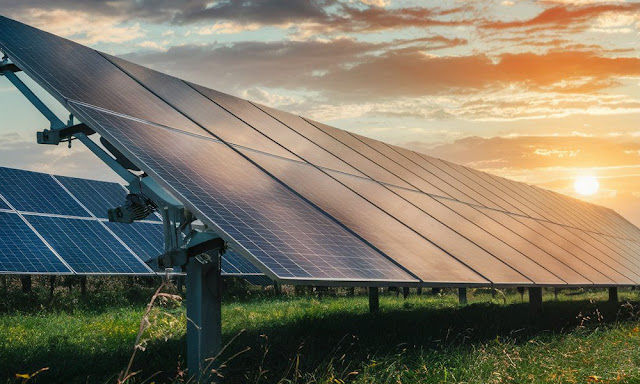A lord ordinary has ruled that a waste management company is entitled to sue the Scottish government over its decision to delay the coming into effect of the Deposit Return Scheme for Scotland.
Biffa Waste Services Ltd, which committed around £51.4 million towards implementation of the DRS, sought costs and lost profits from the Scottish ministers based on a duty of care owed to them. An alternative case was made that they had relied upon a letter sent to them in May 2022 by the responsible minister, Lorna Slater MSP, which turned out to be a negligent misrepresentation. The defenders sought dismissal of the action on the grounds of no duty of care being owed, or alternatively irrelevance.The case was heard by Lord Clark in the Outer House of the Court of Session, with the Dean of Faculty, Roddy Dunlop KC, and McWhirter, advocate, appearing for the pursuer. Moynihan KC, Reid KC, and Arnott, advocate, appeared for the defenders.
It was not disputed that the implantation of a DRS was a Scottish government policy, the framework for which was set out in the Deposit and Return Scheme for Scotland Regulations 2020. Under this framework, on 18 July 2022 Biffa entered into a contract with Circularity Scotland Ltd, the scheme administrator, to become the logistics provider for the DRS.
Before entering into the contract, Biffa sought assurances as to the deliverability of the DRS. On 17 May 2022, Lorna Slater MSP, minister for green skills, circular economy and biodiversity, wrote on behalf of the defenders to Biffa’s CEO. In the letter, the minister referred to the defenders’ “unwavering” commitment to delivering the DRS and said that Biffa entering into the contract with CSL was “a major vote of confidence” that would increase momentum towards successful delivery.
On 7 June 2023, a delay to the DRS was announced until at least October 2025 due to difficulties obtaining an exclusion for the DRS from UK-wide market access rules. Biffa averred that the decisions to delay created significant uncertainty and that producers refused to fund CSL given the position taken by the Scottish government. The delay led to CSL entering administration, and the termination of Biffa’s contract.
The pursuer averred that the defenders owed a duty of care due to their unique knowledge of the need for Internal Market Act approval, a fundamental step towards the deliverability and viability of the DRS. Their failure to alert the pursuer to this requirement before assuring them that the DRS would be implemented was a breach of that duty. Alternatively, the letter of May 2022 created a false and misleading impression and amounted to misrepresentation.
For the defenders it was submitted that their decision to proceed as they did was non-justiciable because it was part of a delicate political process of conducting inter-governmental relations. There can be no liability if the decisions that were taken fell within the ambit of a reasonable exercise of discretion. Regarding the May 2022 letter, on no reasonable reading did it assure the pursuer that the DRS was entirely deliverable. More of this article (Scottish Legal News) - link - more like this (Biffa) - link - more like this (Scotland) - link - more like this (DRS) - link























_2.jpg)
